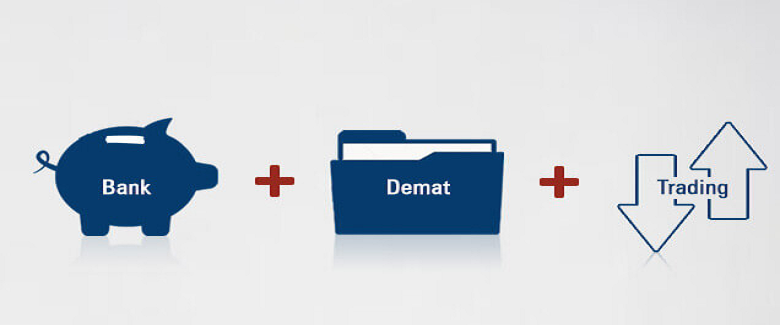A growth in income is accompanied by growth in savings but also the dread of taxes. As we approach the end of a financial year, our research on tax-saving schemes increases. While we are all aware of numerous insurance policies and mutual funds that are beneficial, a majority of us might be ignorant about how to use a demat account for tax saving.

A demat account, or dematerialised account, is basically an electronic safe for storing your securities or tradable financial assets. Stock trading, mutual funds and other securities can be stored in these online accounts. Demat accounts provide paper-free security transactions at the investor’s convenience. Individuals can choose to open demat accounts from the comfort of their home as banks and broking agencies offer online account opening facilities.
Usually, a layman may have inhibitions in trading due to the fear of probable losses. But a smart trader reaps the benefits of demat account by investing carefully and managing losses efficiently. Of course, profits earned through securities held in a demat account will have to bear tax. But there are certain schemes that allow you to allow tax saving through demat accounts.
To get a better understanding of the kind of taxes attached with these accounts, let’s look at a few common terms that are associated with dematerialised accounts.
Dividends
There are certain companies that distribute a percentage of their earned profits to their shareholders. Investors can enjoy this dividend that will be credited into their demat accounts on a regular basis. When the investors sell off these shares, tax will be levied on the profits earned through this trading. However, the dividend is tax free and thus investors can enjoy it as an additional saving.
Capital Gains
These are the profits earned from selling shares to another investor at a profitable price. These are both short term and long term.
Short-Term Capital Gain
If an investor sells shares at a higher price within a year of purchase, the profit earned is known as short-term capital gain. But, it’s important to remember that investors will have to pay 15% tax on this profit.
Short-Term Capital Loss
Shares sold at a loss within a year define short-term capital loss. But these losses can be balanced with the taxes levied on short-term capital gains. Investors have the freedom to compensate this loss with short-term capital gains under any asset class.
Long-Term Capital Gain
If an investor holds on to shares for more than a year, they are eligible to earn long-term capital gain. Initially, no tax was levied on long-term capital gains. This allowed investors to save on taxes by retaining shares for longer periods in their accounts. However, the 2018 budget amended this rule and today 10% tax is charged on long-term capital gains.
Long-Term Capital Loss
Sometimes, shares stocked for a longer period of time in the hope of earning profit, end up in losses. These are termed as long-term capital losses, which can also be balanced against the taxes levied on long-term capital gains. This way, an investor can save on taxes incurred on short- and long-term capital gains.
Carry Forward Loss
For investors who have faced many short-term losses, the ideal option is to carry forward the loss up to 8 years. But the only condition here is that the loss is balanced in the same asset class. This is beneficial in the long run as the investor can reduce his profits and the subsequent taxes on these profits.
Possibly one of the most favorable ways to invest and save on tax is an Equity-Linked Saving Scheme [ELSS]. This allows individuals to invest in securities and enjoy quick growth and dividends while simultaneously saving on taxes. It’s a one-time investment opportunity, with a lock-in period of 3 years.
To sum up, using a demat account for tax saving encourages shareholders to invest well. And with a fair understanding of market trends, investors can manage gains and losses to earn more income while saving big on tax.

